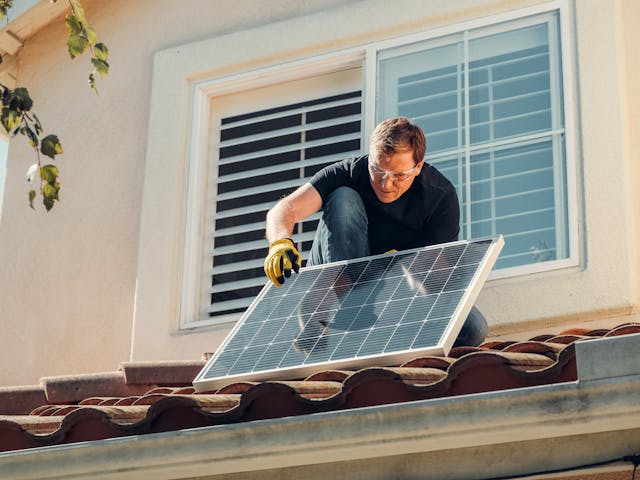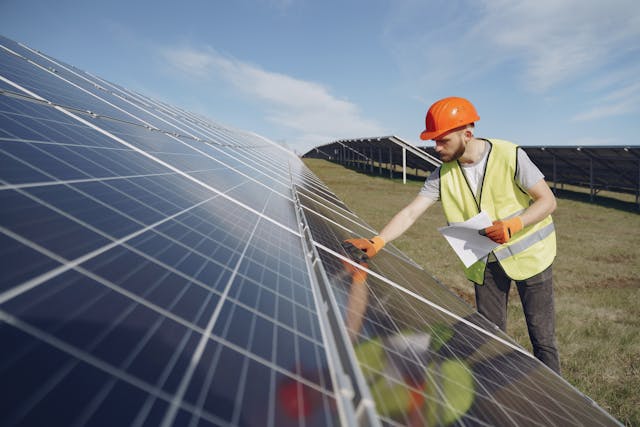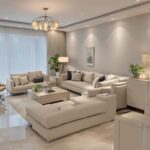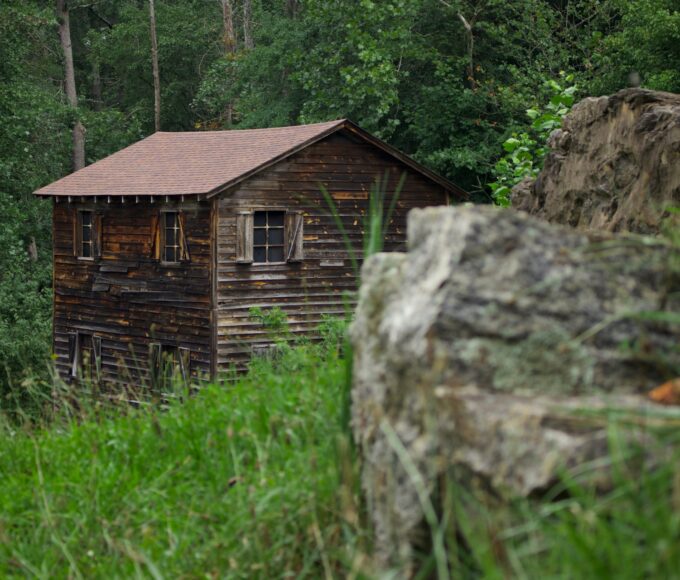As businesses across Australia look to reduce their carbon footprint and operational costs, investing in solar energy has become a smart and sustainable solution. But before diving into the world of solar power, it’s essential to understand the key components that make up a commercial solar system. Knowing how each element functions not only helps demystify the technology but also ensures you can make informed decisions when choosing a system that suits your organisation’s energy needs.
Solar Panels – The Power Generators
At the heart of any solar system are the photovoltaic (PV) panels. These panels are responsible for capturing sunlight and converting it into direct current (DC) electricity. For commercial applications, high-efficiency panels are typically installed in large arrays—often on rooftops, carports, or unused land—to maximise energy generation. Panel quality, orientation, and tilt angle all play a role in performance, and these factors are usually tailored to each site during the design phase.
Inverters – Converting Power for Use
While solar panels generate DC electricity, most commercial equipment and appliances operate on alternating current (AC). That’s where inverters come in. These devices convert the DC electricity into AC so it can be used onsite or exported to the grid. For larger installations, string inverters or central inverters are commonly used, depending on the layout and complexity of the system.Some advanced setups also incorporate microinverters, which are installed on individual panels to optimise performance, particularly in areas prone to shading or uneven sunlight.

Mounting Systems – Securing Panels in Place
Solar mounting systems provide the structural support for panels, ensuring they remain secure in all weather conditions. For commercial solar installations, these mounts can be fixed or adjustable and are often designed to withstand wind loads and harsh environmental conditions. Ground mounts are used when roof space is insufficient, while ballast mounts can be installed without roof penetrations—ideal for flat rooftops.
Monitoring Systems – Tracking Performance in Real-Time
Modern commercial solar systems come equipped with monitoring technology that allows business owners to track energy production, system health, and savings in real-time. Monitoring platforms can alert you to issues such as underperforming panels or inverter faults, enabling timely maintenance and ensuring maximum efficiency. This data is also valuable for sustainability reporting and energy audits.
Batteries (Optional) – Storing Excess Energy
Although not always included in commercial installations, battery storage is becoming increasingly popular. Batteries store excess energy generated during peak sunlight hours, allowing businesses to use solar power even when the sun isn’t shining. This is especially beneficial for companies operating at night or in areas with time-of-use energy tariffs.

Electrical Components and Safety Systems
Beyond the major elements, a commercial solar system includes wiring, switchboards, circuit breakers, isolators, and safety disconnects. These components ensure the system operates safely and integrates seamlessly with your existing electrical infrastructure. Adhering to Australian Standards is critical during installation to protect your property and personnel.
Choosing the Right Solar System for Your Business
Every commercial site has unique energy demands, operational hours, and infrastructure constraints. Partnering with a reputable provider ensures your system is customised for optimal output and ROI. Whether you’re a manufacturing facility, retail centre, or office building, there are tailored commercial solar systems designed to meet your business goals.
A well-designed system not only delivers long-term energy savings but also demonstrates your commitment to environmental responsibility—an increasingly important factor for clients, investors, and stakeholders alike.










